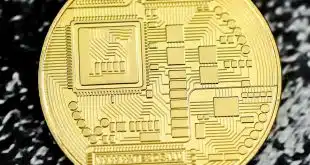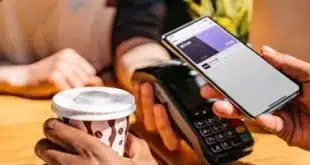With online bill payment evolving into a mainstream service from financial institutions, the demographic profile of its users also is beginning to look more mainstream, according to new survey results from bank processor Fiserv Inc. But the findings indicate that the bill-pay market’s rapid evolution means banks and credit unions can’t sit back and relax by merely running a payments Web site that works.
Fiserv’s latest findings show that women have edged out men as online bill payers, 51% to 49%. Back in 2002, the survey found that 61% of online bill payers were men. “This is the very first one where women responded ahead of men in usage,” Geoff Knapp, Fiserv vice president of online banking and consumer insights, tells Digital Transactions News. “It’s reflective that the service has now become so mainstream.”
Not only has online bill-pay diversified among the genders, it also has expanded its reach among varying age and demographic groups. In 2002, 34% of users ranged in age from 21 to 34, years, 53% were ages 35-54, and 13% were 55 or older. In 2010, the respective shares of those age groups were 28%, 48% and 24%. Among income groups in 2002, only 30% of users made $50,000 or less annually, 53% made $50,000 to $99,999, and 17% made more than $100,000. Now the share of users by income is 35%, 38% and 27%, respectively.
Fiserv’s 2010 results are based on a January survey of 3,029 consumers who were at least age 21 and responsible for paying their household’s bills. The company says the survey, conducted by The Marketing Workshop, is representative of the 90.5 million U.S. households with Internet access. Based on its findings, Fiserv, which bought leading bill-pay processor CheckFree Corp. in late 2007, estimates 36.4 million households use online bill pay, up from 32.6 million in 2009 and just 4.7 million in 2000. Eighty percent of online households use an online banking service, and 40% also pay at least one bill through a bank or credit-union Web site.
While Fiserv’s results show online bill pay has indeed made big gains, banks and credit unions face some hurdles going forward. The market is becoming more fragmented, which means the most easily converted raw material for online bill payment, the check, is becoming scarcer. In January 2002, the survey estimated 61% of an estimated 600 million bill payments were made by check compared with 7% through financial-institution sites and 5% through biller-direct channels. In January 2010, checks accounted for only 26% of bill payments, while financial-institution online bill pay had grown to 24% of the market and biller-direct to 21%. The remaining channels’ market shares were: automatic debits, 10%; in-person, 8%; credit or debit cards, 6%; and telephone and other, 5%. What this shift away from checks means, according to Fiserv, is that banks and credit unions will have to convince customers to move other forms of payment to their online-bill-pay sites, in part by emphasizing ease of use and providing incentives for and promotion of electronic billing.
Financial institutions also will have to assure that their mobile bill-pay services are competitive as consumers increasingly embrace cell phones, especially smart phones, for financial uses. In the past two years, Fiserv estimates the percentage of online households that conducted one or more banking services via a mobile device increased from 23% to 30%, and the number of mobile-banking users who received or paid bills via their mobile device grew from 18% to 30%. Knapp calls that “a really significant increase. It’s becoming pretty widespread.”
The so-called Generation Y, young adults born from the late 1970s and into the ‘90s, is especially attached to mobile devices as payment vehicles. Indexed to the overall online population with 100 being the average, Gen Yers scored only 91% when asked if they had paid a bill in the past month through a financial-institution site. They scored a 120%, however, when asked if they had used a biller-direct service in the past month. Gen Yers also scored 173% when asked if they had sent an online person-to-person payment in the past year, and 153% for using mobile banking in the past month.





